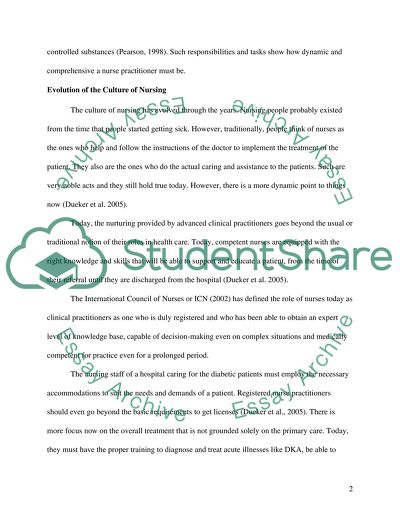Cite this document
(“Professional Autonomy as an Advanced Clinical Practitioner Essay”, n.d.)
Retrieved from https://studentshare.org/health-sciences-medicine/1522025-professional-autonomy-as-an-advanced-clinical-practitioner
Retrieved from https://studentshare.org/health-sciences-medicine/1522025-professional-autonomy-as-an-advanced-clinical-practitioner
(Professional Autonomy As an Advanced Clinical Practitioner Essay)
https://studentshare.org/health-sciences-medicine/1522025-professional-autonomy-as-an-advanced-clinical-practitioner.
https://studentshare.org/health-sciences-medicine/1522025-professional-autonomy-as-an-advanced-clinical-practitioner.
“Professional Autonomy As an Advanced Clinical Practitioner Essay”, n.d. https://studentshare.org/health-sciences-medicine/1522025-professional-autonomy-as-an-advanced-clinical-practitioner.


